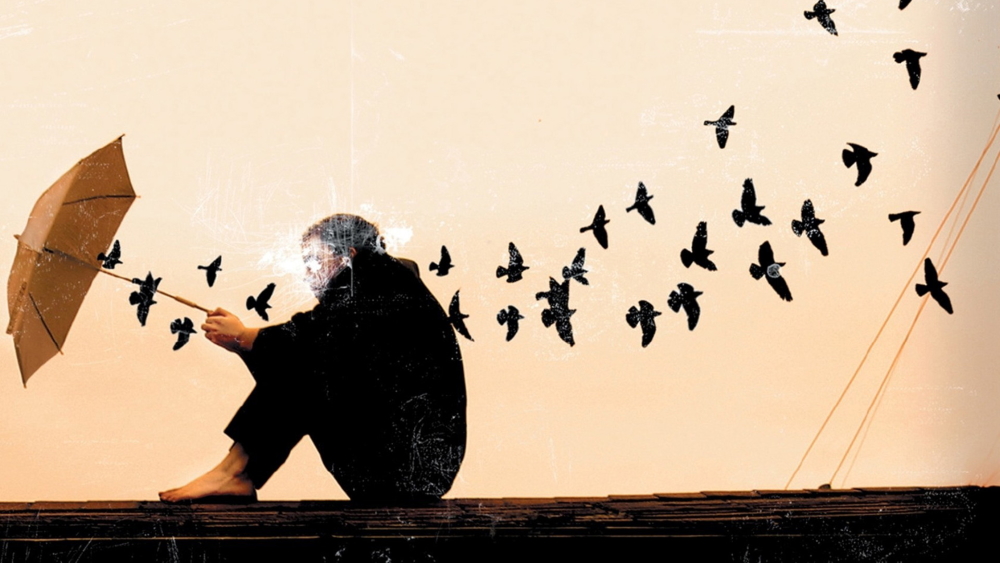Grief Counselling:- When a Parent dies.

Counselling and Psychotherapy can provide a protected and supportive space for individuals to process grief and navigate the emotional complexities following the loss of a parent. A bereavement counsellor can help individuals understand their grief, express their feelings, and develop healthy coping strategies. This can be particularly helpful for those who are struggling to adjust to life without their parent. If you or someone you know has been affected by the loss of a parent and feel that Counselling or Psychotherapy would help, please get in touch. Emma Appleby is the Clinical Director of Impact North West, providing:- Counselling, Psychotherapy and Coaching to Adults and Adolescents.





